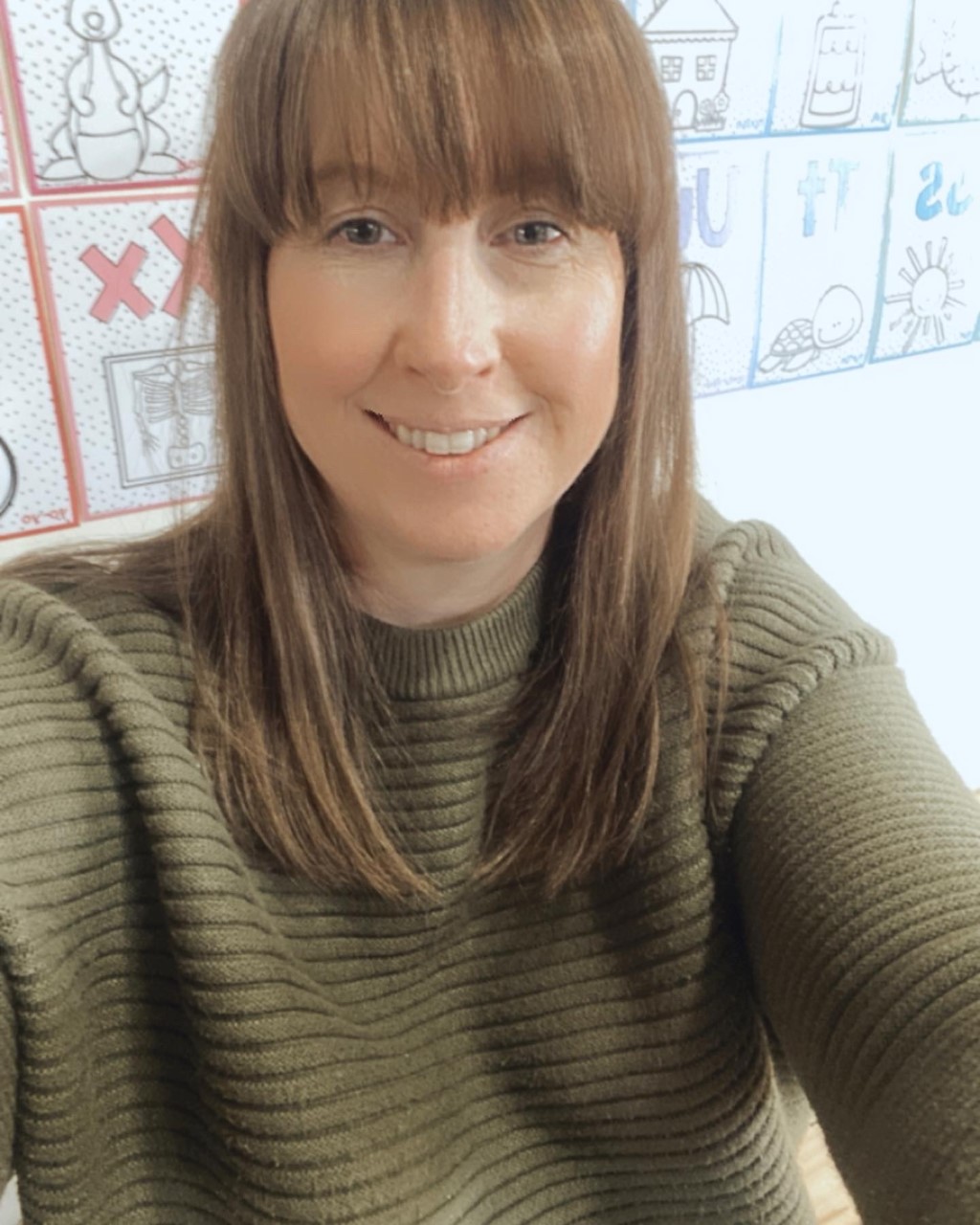Goal Setting is quite the thing to do at the beginning of a year, isn’t it? The new year often has us high vibin’ the January days away along with the rollover of motivation and inspiration from the festive season, to set ourselves up to achieve our goals, whatever they may be.
We know from setting goals for a few years now that they have certainly helped to boost everyday PLAY in our home. Bold statement, right? Here are 5 ways that have worked for us and we share them with the confidence they can work for you too, albeit, with a few tweaks here and there to best meet your needs.
1. WORD OF THE YEAR – deciding on a word that resonates deeply within ourselves and/or the family, grounding us like an anchor point for the year. It provides us with a clear starting point on what we are planning to achieve within the year. A great way to remember the significance of this word is to surround ourselves with the word eg, computer wallpaper, phone lock screen and wallpaper, post it note in the car on the dashboard, written in our daily PLAY Planner to serve us with a daily reminder of what it is we are aiming to achieve during the year. Once this has been determined, we work backwards (backward mapping – next step) with setting mini goals following the basic principles of the acronym SMARTER (Specific, Measurable, Achievable, Relevant and Time Bound) Goals. The main reason for us creating bite size chunks to our bigger goals is they provide us with greater clarity, focus and motivation and allow for attainable steps to be taken each day.
‘Start by doing what’s necessary; then do what’s possible; and suddenly you are doing the impossible’
Francis of Assisi
2. BACKWARD MAPPING – this is a strategy I learnt as a teacher…it is what we use when planning programs aswell as being taught in the classroom to encourage problem solving and critical thinking amongst students. It is, beginning with the end in mind, a skill we can also apply to daily rhythms and routines at home, particularly when working towards a bigger goal of boosting everyday play. Eg, a home cleaning schedule can be broken down into monthly tasks, which then can be broken down further into weekly tasks, then again into daily tasks…allowing one to set attainable goals, feel success with less overwhelm and find realistic pockets of time for PLAY in your home. You can discover 5 actionable steps to support you in backward mapping and using this strategy to boost daily PLAY as a celebratePLAY subscriber.

3. WRITE IT DOWN & MAKE IT HAPPEN – we know how busy motherhood can be and how easily the plans can change within a day let alone a week with little learners which is why writing things down…whether it be our mini goals, tasks for the day, errands to run, special events to remember, has been of huge benefit. Did you know, research says by writing things down, we are more likely to be more productive, comprehend new ideas and furthermore, it is the key to effective learning! Powerful stuff, right? We think so, too. So, if boosting daily PLAY is your goal for the year, write it down and list some possible ideas on how this can work best for you eg, setting aside a specific set of time to PLAY with our little learners for the entirety of an activity without distraction (check out how this works for us in our FB community… we call it ‘Sit with Me Time’).
‘By recording your dreams and goals on paper, you set in motion the process of becoming the person you most want to be. Put your future in good hands, your own’
Mark Victor Hansen
4. CREATE A DAILY RHYTHM/ROUTINE – this is a super common strategy we often read and hear about when introducing something new into our lives. And there is good reason why – because following routines is our brains favorite way of learning, it brings flow to our days and fosters familiarity and comfort which little learners love to have in their day. In the early days of PLAY based learning in our home, we quickly adopted, a daily rhythm (completing things in the same order but not bound by set times), using a written planner and baby diary helped us with this. These tools supported us in nurturing a flow of play and boosting the times we had with PLAY which was something important to us as a family.
NOTE – Please don’t try all of these ideas at once, especially if you instinctively know it isn’t going to work in your home. The best way to find inspiration is by trying ideas that you are confident will work in your PLAY space which will vary from mum to mum and home to home.
We love hearing from you and would love to know which strategy resonates the most with you?
Which of these could you start to implement straight away knowing it is likely to work for you and your family?
Leave us your thoughts in the comments.



